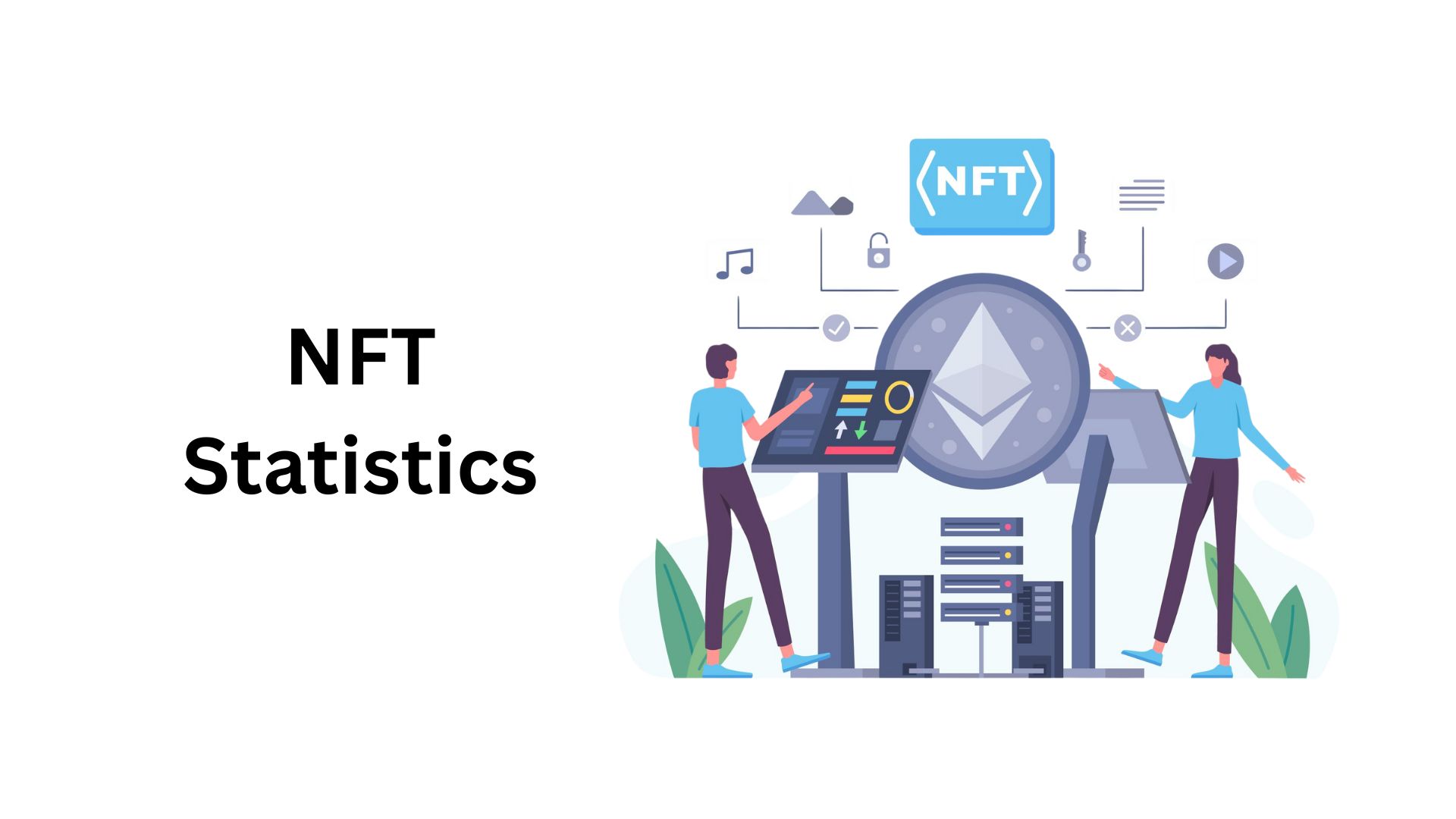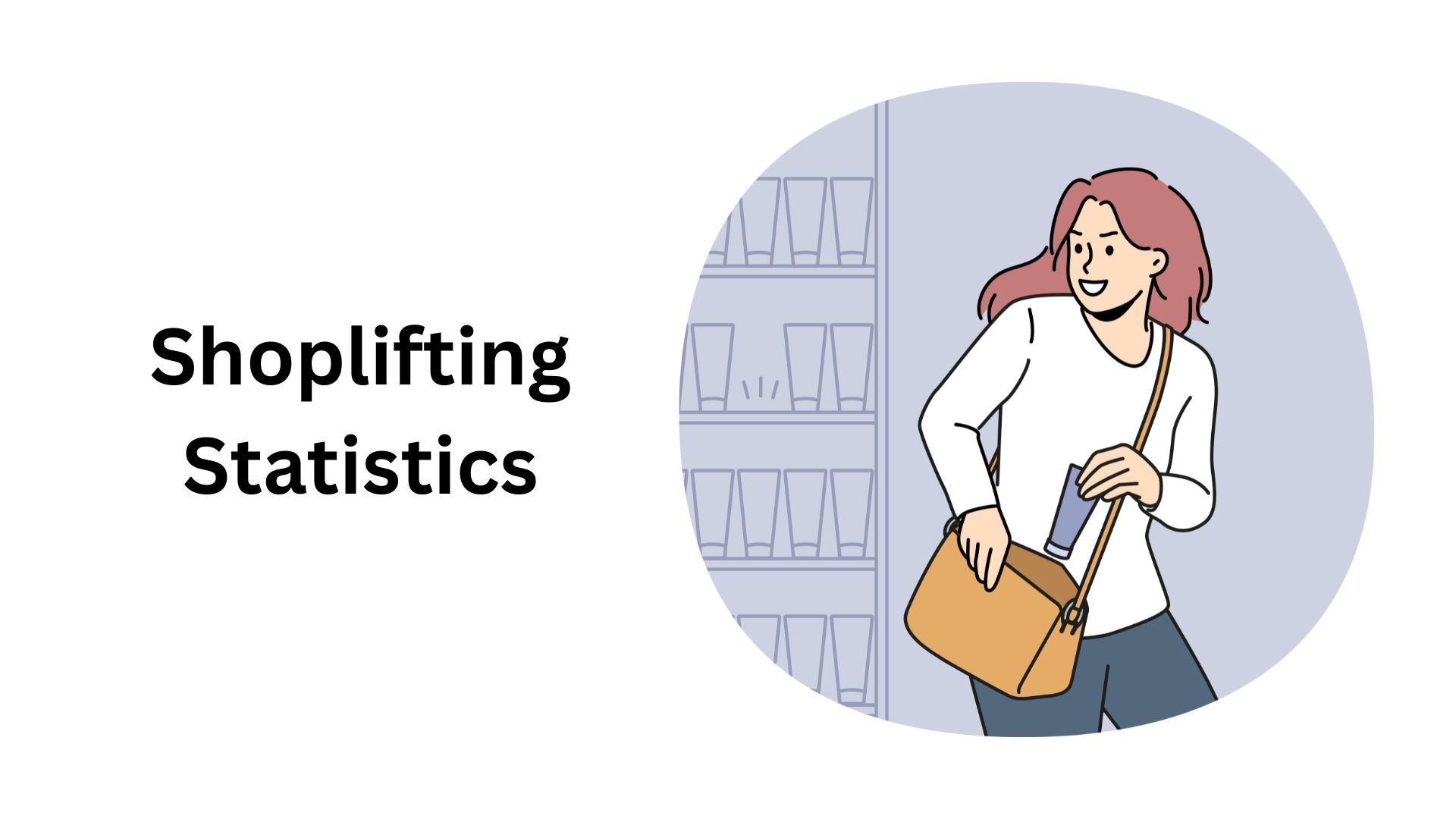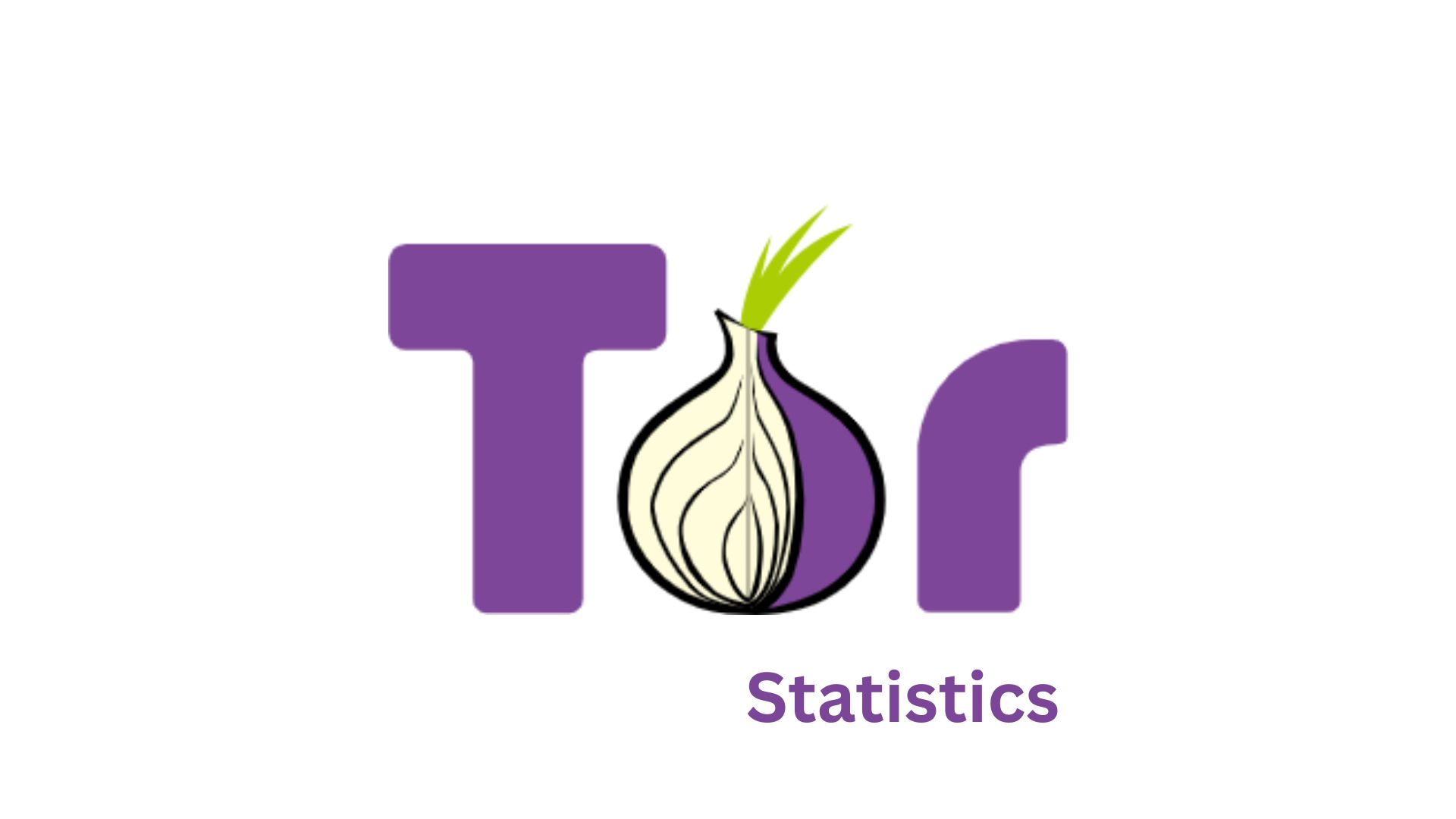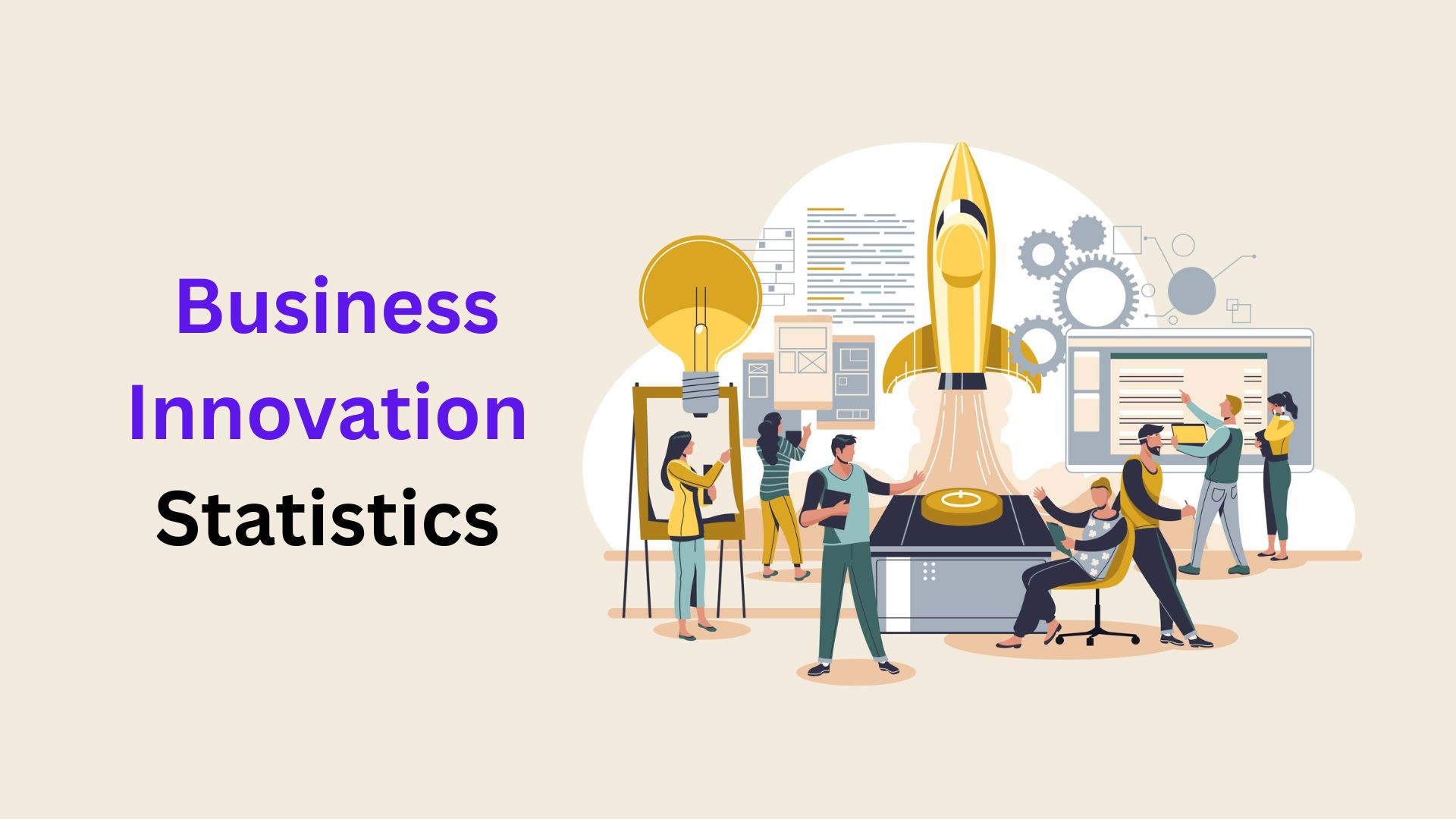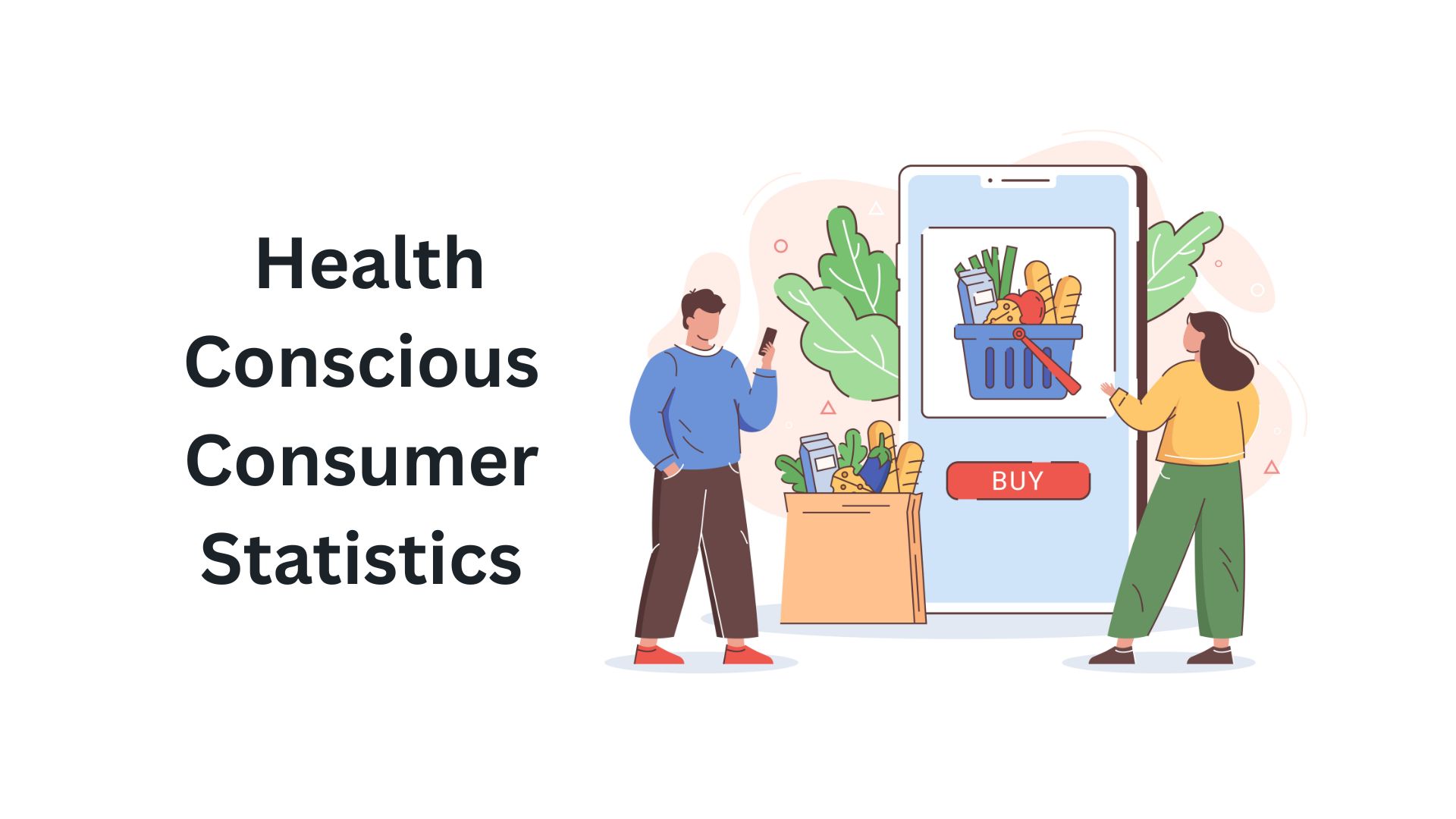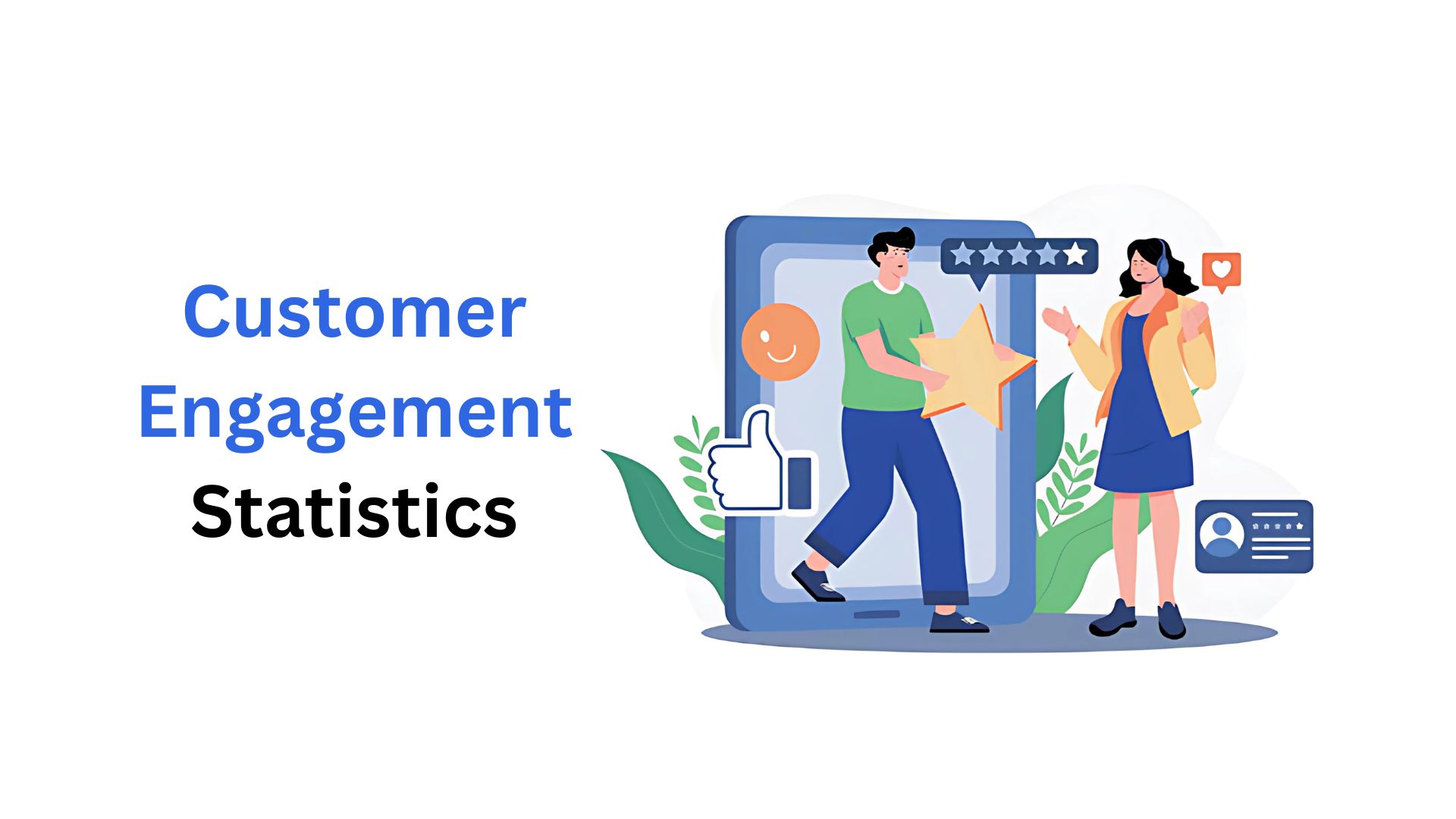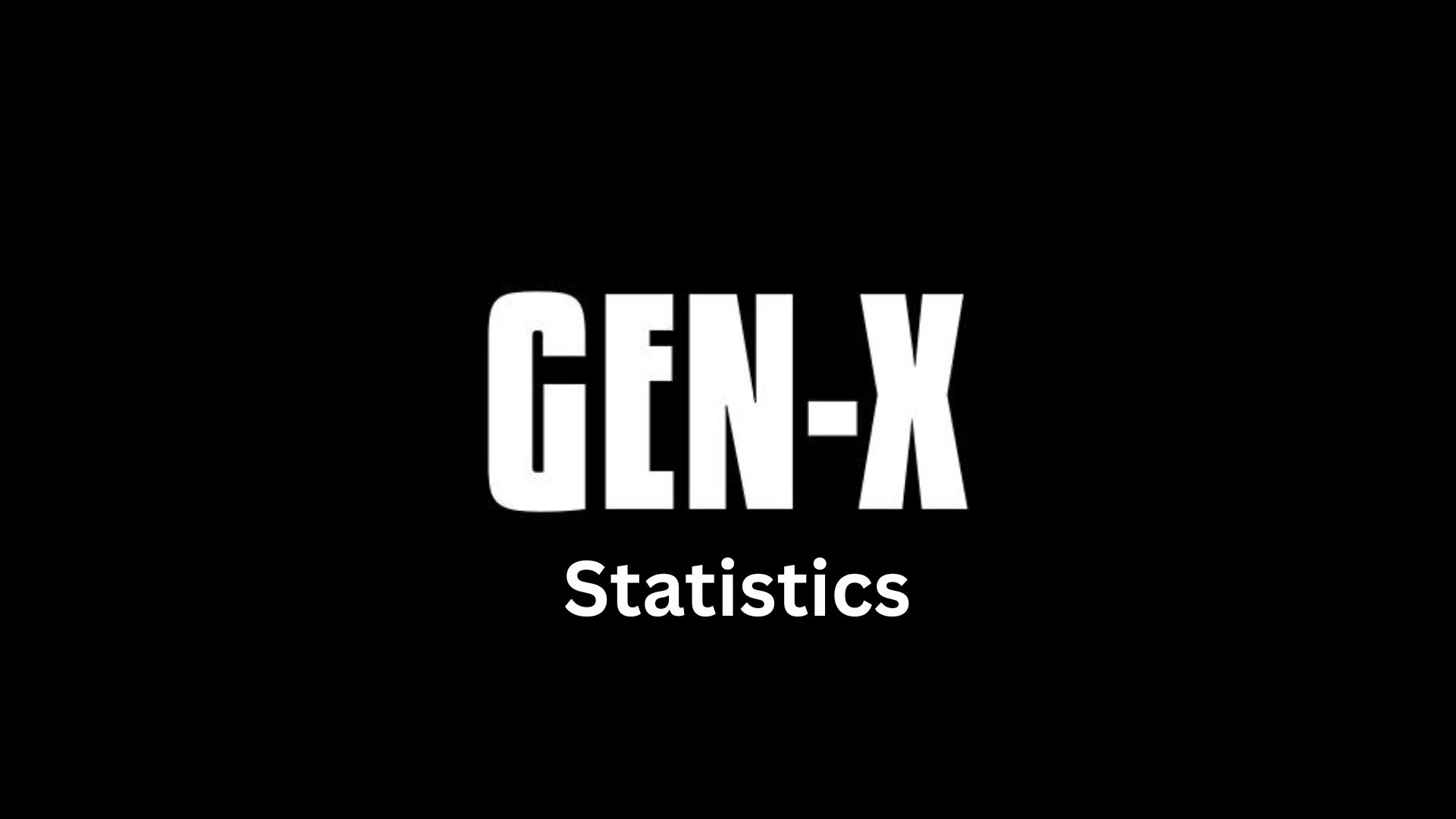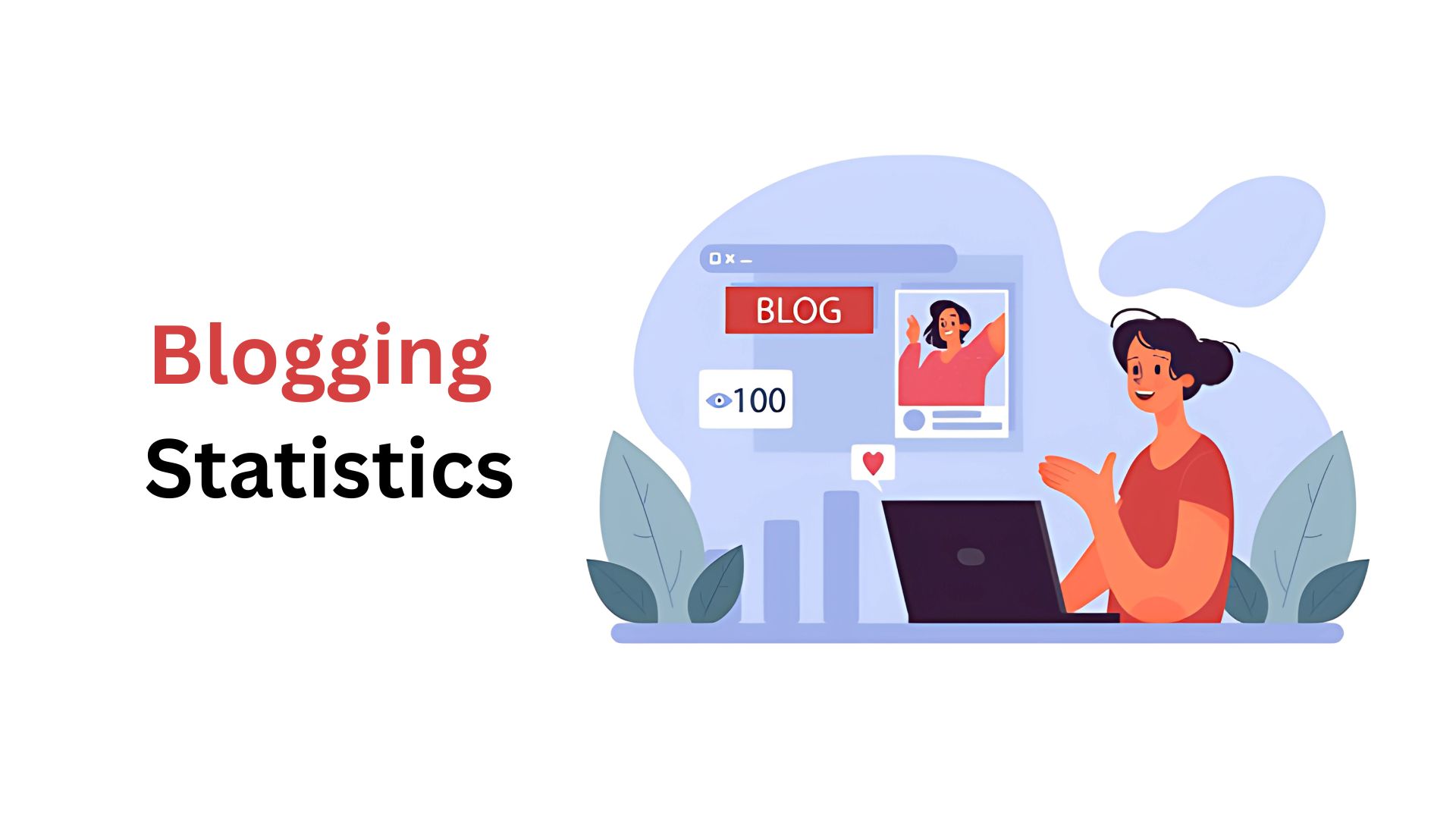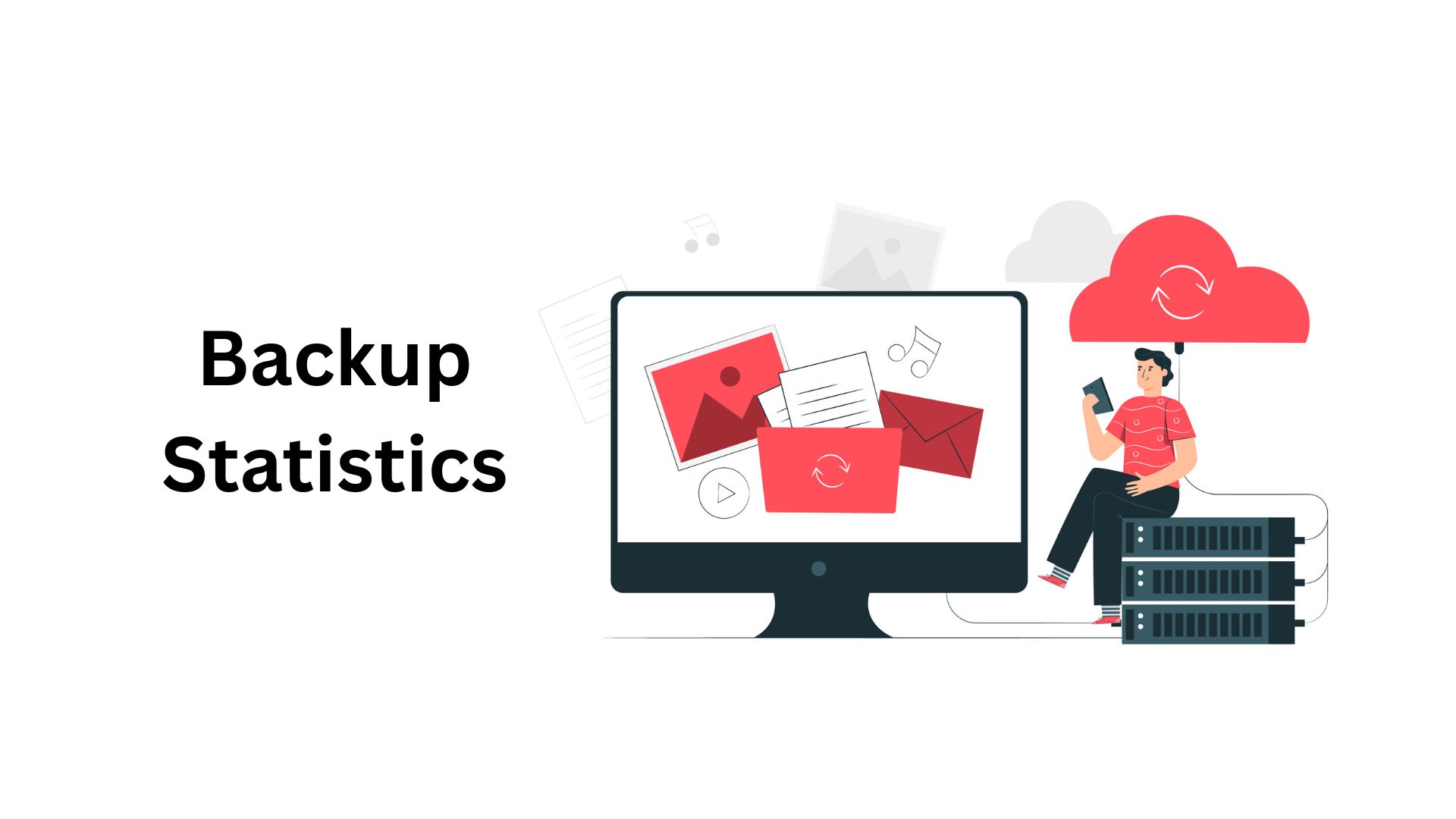Android Statistics By Applications, Versions, Phones, Market Share, Vendor And Adoption Rates
Updated · Jan 08, 2025
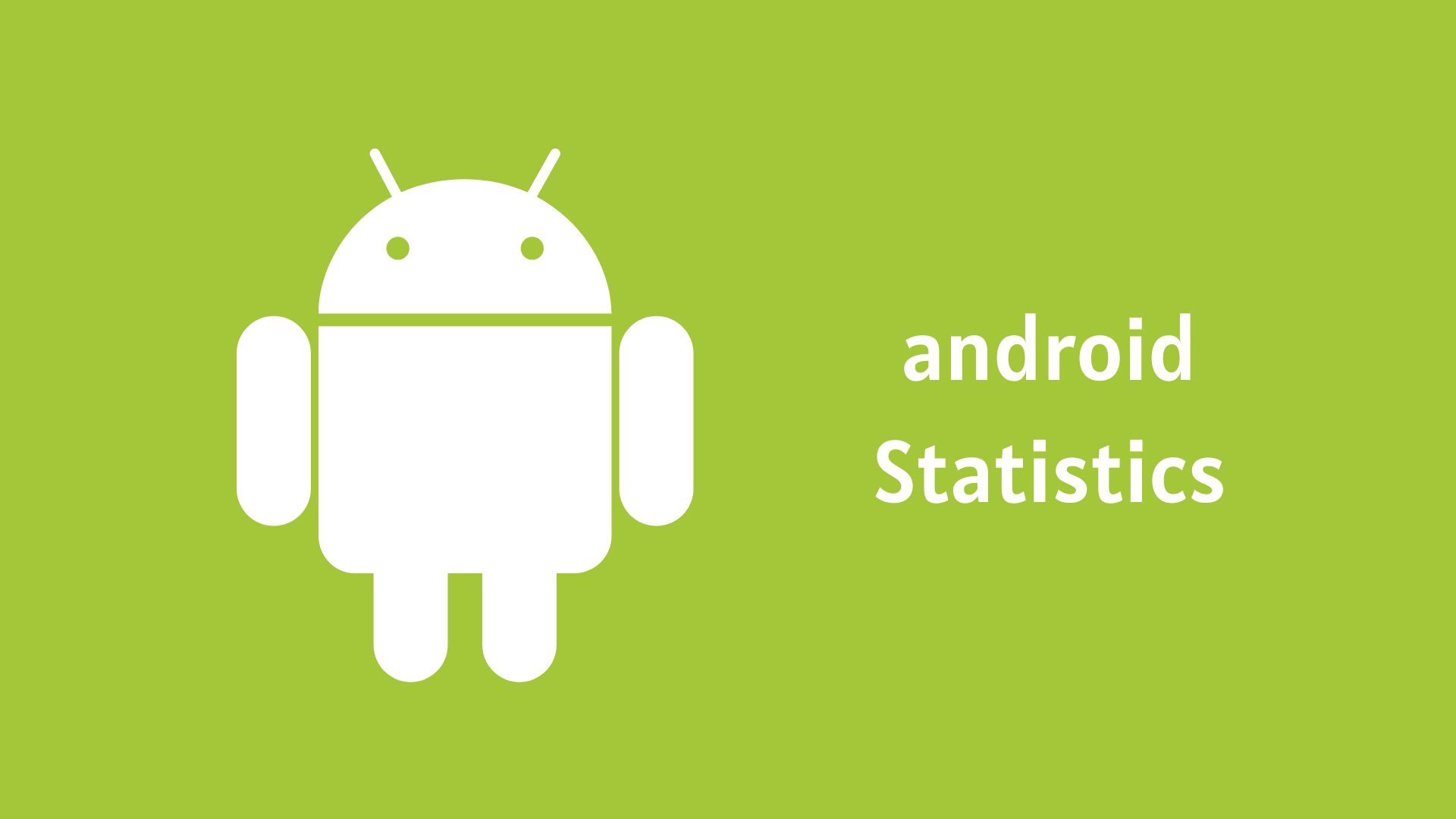
Table of Contents
- Introduction
- Editor’s Choice
- What Is The Android Operating System?
- What are the Android Operating System features?
- General Android Statistics
- Top Android OS versions
- Top Android Phone Statistics
- Mobile Android Operating System Market Share
- Market Share of Smartphone OS Systems Globally
- Android Vendor Market Share
- Adoption Rates of Android Phone Versions Statistics
- iPhone vs Android Statistics
- Conclusion
Introduction
Android Statistics: Android is everywhere right now, running on billions of smartphones and tablets worldwide. It is the most popular operating system, with about 4 billion active users in 190 countries. If you are looking to invest, this report will give you an overview of the different parts of the Android market.
If you are curious about how big the Android market will be in 2023 and 2024, let us look at some key Android Statistics!
Editor’s Choice
- Android dominates countries like Brazil, India, Indonesia, Vietnam, and Turkey, where its market share exceeds 85%.
- In the U.S., iOS led with 56.6% of the market in Q2 2022, while Android had 43%.
- As of March 2023, the Google Play Store had 2.67 million apps available.
- TikTok is the most downloaded app on Android, with 24 million downloads, followed by Instagram and WhatsApp Messenger.
- The highest-earning app on Android is Coin Master, generating USD 47.96 million in revenue.
- 97% of Android apps are free, while only 3.1% are paid apps.
- Android became the most popular mobile OS in 2014, reaching 1 billion users in just one year.
- Android’s user base peaked in 2018, with steady growth since its launch.
- Samsung holds the largest share of the Android market, with 14.5%, followed by Xiaomi.
- 9% of apps on the Google Play Store are free to download.
What Is The Android Operating System?
Android Operating System is a smartphone system based on Linux that is mainly used on smartphones and tablets.
It includes an operating system built on the Linux kernel, a user-friendly interface, a web browser, and downloadable apps. When Android first came out, it was designed to work on low-cost phones with simple numeric keypads, even though early demos showed it running on a QWERTY phone with a large VGA screen.
Android is open-source, meaning anyone can modify it, and it was released under the Apache v2 license. This allows developers to create versions of the system for other devices, like gaming consoles or digital cameras.
What are the Android Operating System features?
Android’s default design is based on simple touch actions like tapping, swiping, and pinching to carry out tasks. When you interact with the device, it gives feedback, such as vibrations, to show that your action has been recognized. For example, if you press a navigation button, the device vibrates to confirm the action.
When you start an Android device, the home screen is shown. This screen is the main area where you can navigate and includes widgets (small apps that display things like weather or news) and icons for other apps. The look of the home screen can vary depending on the brand of the device, and you can also change the theme using apps from the Google Play Store.
At the top of the home screen, there is a status bar that displays useful information like your Wi-Fi connection or signal strength. You can swipe down on this bar to see more notifications.
Android also helps save battery life by pausing apps that are not in use, which reduces power consumption and saves CPU resources. It also automatically closes apps that are no longer active in the background.
Moreover, Android has AI features to improve your search experience with Google. One feature, called “Circle to Search,” allows you to tap, circle, or write on images, videos, or text to learn more about what you are looking at. You can also point the camera at something and ask Google to provide more information. This feature works on high-end Android phones like the Pixel 8 and Pixel 8 Pro.
General Android Statistics
- As of July 2022, Android 11 was the most popular version, with 29.63% of users, followed by Android 12 at 20.68%.
- In the United States, about 60% of smartphone owners use an Android device.
- The average cost of an Android smartphone is around $254 (about £169).
- TikTok, one of the most downloaded apps, has been downloaded 672 million times.
- The global smartphone market is expected to grow from $510 billion in 2022 to about $876 billion by 2032, with an annual growth rate of 5.7% from 2023 to 2032.
- As of 2024, about 3.3 billion people worldwide use Android devices, which has 71.74% of the global market for mobile operating systems.
- The newest version, Android 12.0.0_r46, was launched on April 10, 2023.
- Android’s share of the global smartphone market fell in 2022, continuing a decline that started in 2023.
- In 2023, 41% of people aged 18-34 used Android, while 58% used iOS.
- Among people aged 35-54, 53% preferred Android, as per Android Statistics.
- Google bought Android Inc. for USD 50 million in 2005.
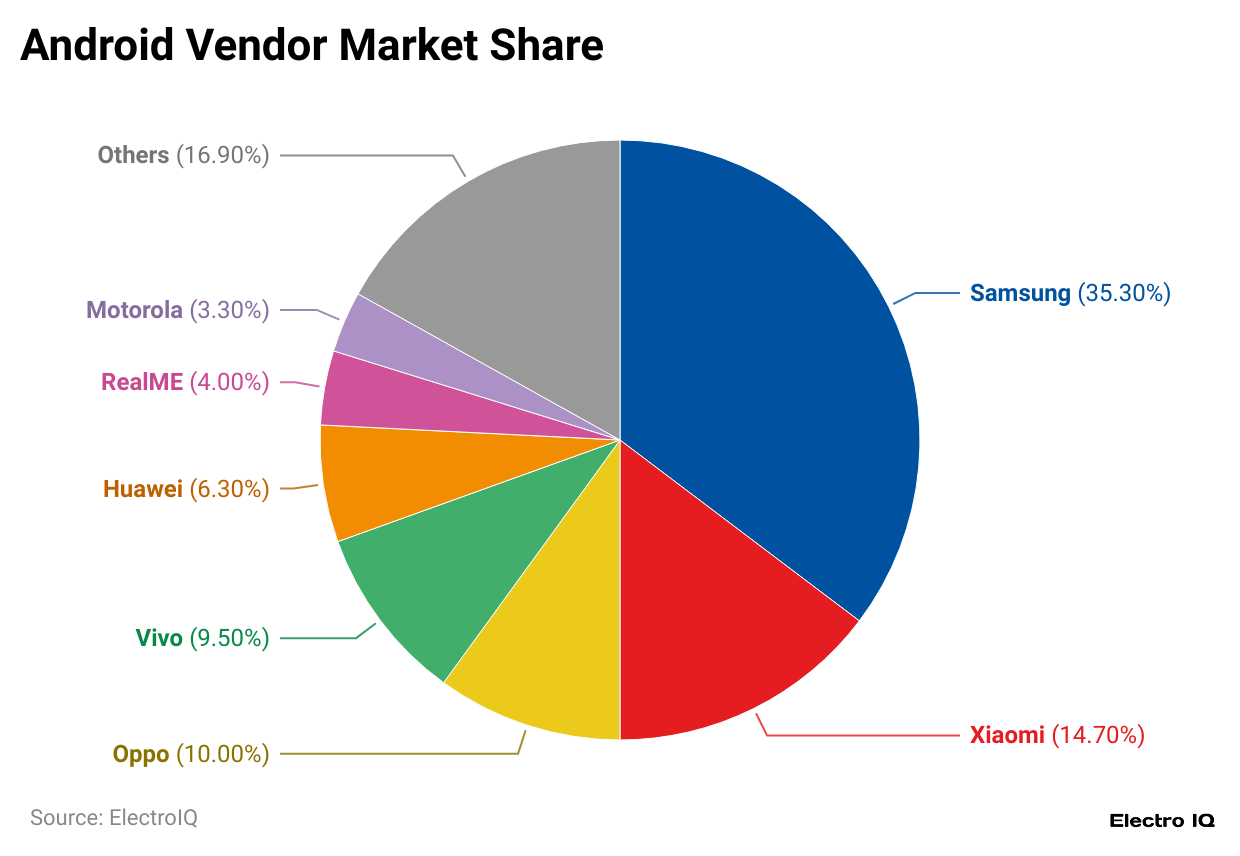 (Reference: enterpriseappstoday.com)
(Reference: enterpriseappstoday.com)
- In 2023, Android and iOS together made up 99.4% of the global market for mobile operating systems.
- In September 2022, the top-selling Android phone was the Samsung Galaxy A12, with a 2.2% market share.
- In 2021, Android phones held a dominant 83.32% share of the mobile operating system market.
- Samsung is the top company in this market, with a significant share of 35.3%.
- By 2022, 3.1 billion people were using Android devices, demonstrating the worldwide demand for Android.
Android OS Applications
- Almost 1.69 million applications are presently available in the Google Play Store as of Q2 2024.
- The table below shows the count of the applications that are available on the Google Play Store over the past years:
| Year, month | No. of Applications on Google Play Store |
| Q1 2022 | 2,591,578 |
| Q2 2022 | 2,654,747 |
| Q3 2022 | 2,683,925 |
| Q4 2022 | 2,694,114 |
| Q1 2023 | 2,673,292 |
| Q2 2023 | 2,597,819 |
| Q3 2023 | 2,593,870 |
| Q4 2023 | 2,438,553 |
| Q1 2024 | 2,000,247 |
| Q2 2024 | 1,682,635 |
- TikTok is the most downloaded app globally on the Google Play Store, with about 24 million downloads. Instagram follows it with 21.17 million downloads and WhatsApp Messenger with 20.72 million downloads.
- Here is a table showing the most popular Android apps on the Google Play Store worldwide as of September 2023.
| Application | Number Of Application Downloads |
| CapCut-Video Editor | 12.38 million |
| WhatsApp Business | 12.87 million |
| Amazon Shopping | 13.69 million |
| 14.22 million | |
| Stick War: Hero Tower Defense | 15.07 million |
| Snapchat | 15.27 million |
| Stumble Guys | 17.51 million |
| WhatsApp Messenger | 20.72 million |
| 21.17 million | |
| TikTok | 23.96 million |
Top Android OS versions
- If you are developing an app for Google Play, it is helpful to know which Android versions most people are using.
- In November 2024, Android 14 is the most widely used version, holding a 25.8% market share.
- This means that a quarter of all Android devices (phones and tablets) are running Android 14, so it is a good idea to focus on making your app compatible with this version.
- The chart below shows the most common Android versions installed on devices used by AppBrain SDK users.
 (Source: appbrain.com)
(Source: appbrain.com)
| Android OS version | Market share | Change in last 30 days |
|
6.0 (Marshmallow) |
0.7% | Less by 2.3% |
| 5.0 – 5.1 (Lollipop) | 0.7% |
No Change |
|
7.0- 7.1 (Nougat) |
2.6% | More by 8.1% |
| 8.0-8.1 (Oreo) | 3.5% |
Less by 2.6% |
|
9.0 (Pie) |
6.3% | More by 2.9% |
| 10(Android 10) | 10.0% |
No Change |
|
12 (Android 12) |
14.3% | Less by 2.4% |
| 11 (Android 11) | 16.4% |
No Change |
|
13 (Android 13) |
19.3% | Less by 3.4% |
| 14 (Android 14) | 25.8% |
More by 3.8% |
Top Android Phone Statistics
- As of November 2024, the Samsung Galaxy A12 is the most popular Android phone, with a 1.57% share of the global market.
- This means many Android users are using the Galaxy A12, so according to Android Statistics, make sure your app is compatible with it.
- The chart below shows which Android phones are currently being used most by AppBrain SDK users.

| Android phone model | Market Share | Change in the past 30 days |
|
Samsung Galaxy A53 5G |
0.5% | 4.4% |
| Samsung Galaxy A23 | 0.5% |
No change |
|
Samsung Galaxy A50 |
0.5% | 5.2% |
| AFTSSS | 0.5% |
No change |
|
Vivo VS2043 |
0.5% | No change |
| Samsung Galaxy A34 5G | 0.5% |
No change |
|
Redmi 13C |
0.5% | 5.8% |
| Redmi Note 11 | 0.5% |
No change |
|
Samsung Galaxy S23 Ultra |
0.6% | 3.3% |
| Samsung Galaxy A15 | 0.6% |
9.4% |
|
Samsung Galaxy A51 |
0.6% | 4.5% |
| Redmi 9A | 0.6% |
2.6% |
|
Samsung Galaxy A54 5G |
0.6% | 3.2% |
| Samsung Galaxy A14 | 0.7% |
2.5% |
|
Samsung Galaxy A21s |
0.7% | 4.5% |
| Samsung Galaxy A32 | 0.8% |
3.1% |
|
AFTMM |
1.1% | 2.9% |
| Samsung Galaxy A13 | 1.2% |
2.5% |
|
Samsung Galaxy A12 |
1.6% |
3.4% |
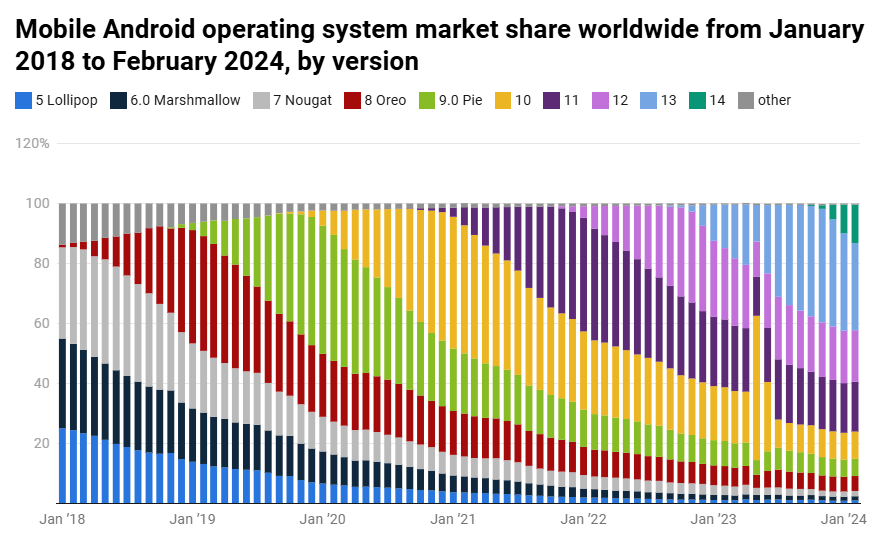 (Source: coolest-gadgets.com)
(Source: coolest-gadgets.com)
- As of February 2024, Android 13 is the most widely used version of the Android operating system, with a market share of 29.16%.
- It is followed by Android 12 with 17.16%, Android 11 with 16.6%, and Android 14 with 12.8%.
- Other versions have smaller shares:
Android 5 Lollipop: 1.03%
Android 6.0 Marshmallow: 1.38%
Android 7 Nougat: 1.76%
Android 8 Oreo: 4.98%
Android 9.0 Pie: 5.76%
Android 10: 9.08%
Other versions: 0.37%
- In January 2024, the market shares for Android versions were:
Android 5 Lollipop: 0.9%
Android 6.0 Marshmallow: 1.33%
Android 7 Nougat: 1.79%
Android 8 Oreo: 4.83%
Android 9.0 Pie: 5.73%
Android 10: 8.97%
Android 11: 16.54%
Android 12: 17.5%
Android 13: 32.48%
Android 14: 9.52%
Other versions: 0.4%
 (Source: statista.com)
(Source: statista.com)
- In the second quarter of 2024, Android continued to lead the global mobile operating system market, holding 71.65% of the share.
- According to Android Statistics, its main competitor, Apple’s iOS, had around 27.62% of the market during the same period.
- Both Android and iOS were released in 2007 and have been updated over time to add new features.
- The latest version of iOS, iOS 17, came out in September 2023, while Android 14 was released in October 2023.
- A key difference between the two systems is the hardware: iOS is only available on Apple devices, whereas many manufacturers, including Samsung, Google, and OnePlus, use Android.
- Also, Apple has been better at getting users to upgrade to the latest version. As of February 2024, 66% of iOS users had updated to iOS 17, while only 13% of Android users had moved to Android 14.

- The smartphone boom started around 2010 when touchscreen smartphones became more popular. This shift led to a drop in sales of basic mobile phones.
- Smartphone sales grew from 139 million units in 2008 to 1.39 billion units in 2023.
- However, smartphone sales fell slightly in 2020 to 1.38 billion units due to the impact of the COVID-19 pandemic.
- Apple, Samsung, and Xiaomi have been the big winners in the smartphone market, while BlackBerry and Nokia struggled to keep up with the changes.
As of 2024, Samsung is the leading Android brand worldwide, with a 22.91% share of the mobile market. Xiaomi ranks second, holding an 11.81% share.
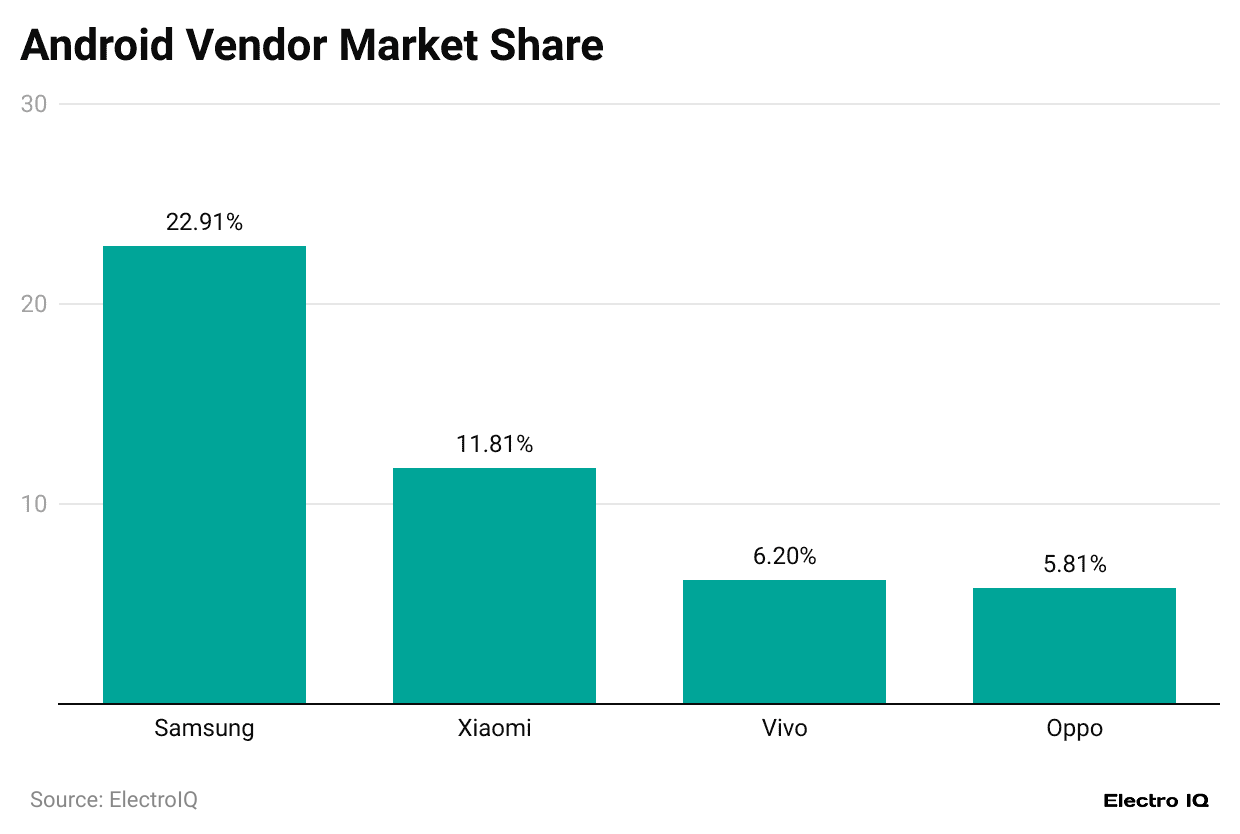 (Reference: demandsage.com)
(Reference: demandsage.com)
Adoption Rates of Android Phone Versions Statistics
As time passes, the distribution of Android versions on devices keeps changing as users upgrade and new versions are released. Here is a simple breakdown of how different Android versions have been used over time:
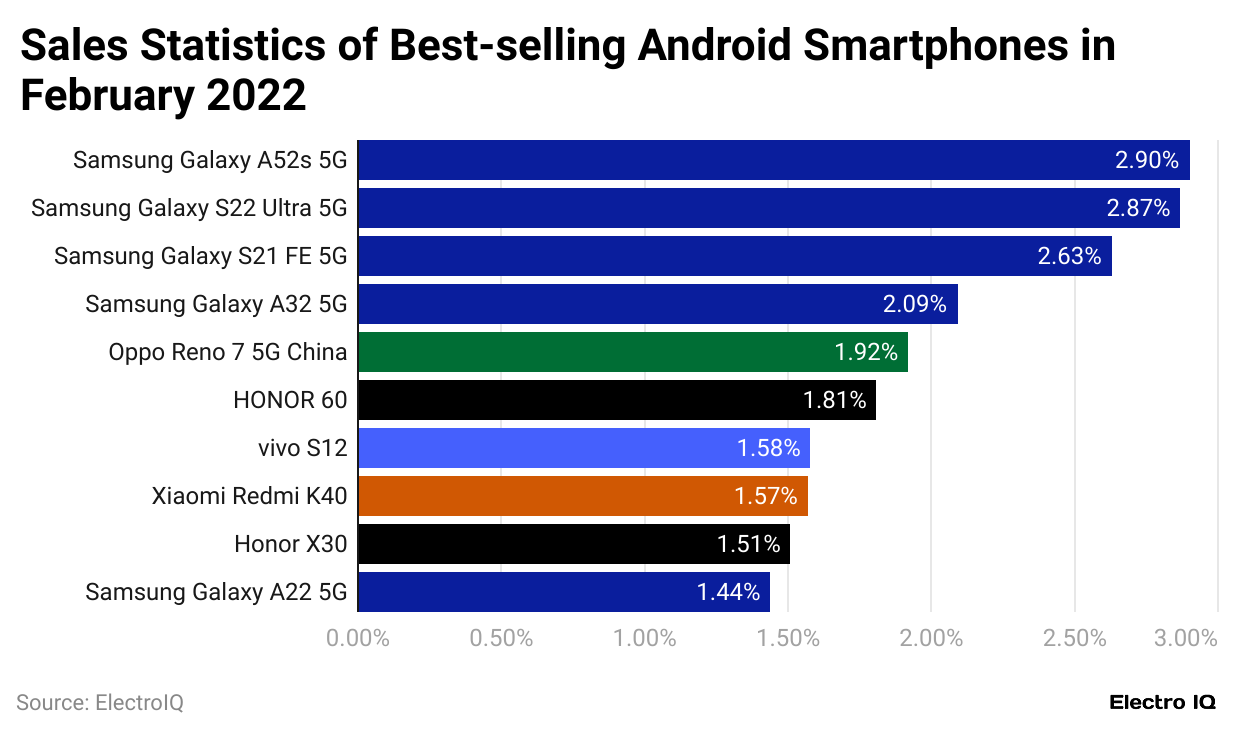 (Reference: enterpriseappstoday.com)
(Reference: enterpriseappstoday.com)
July 2022:
- Android 11 was the most popular, with 29.63% of users.
- Android 12 was next, with 20.68%.
- Android 10 still had 21.8% of the market share.
- Android 13 had a tiny share of 0.01%.
- Older versions, such as 9.0 Pie, 8.1 Oreo, and 8.0 Oreo, made up 10.74%, 5.59%, and 2.62%, respectively.
- 0 Nougat, 6.0 Marshmallow, and 5.1 Lollipop had smaller shares of 2.62%, 2.32%, and 1.4%. Versions 7.1 Nougat and 4.4 KitKat held 1.42% and 0.52%, respectively.
October 2022:
- Android 12 gained ground and held 29.36%, surpassing Android 11 at 26.13%.
- Android 10 stayed at 19.12%, and Android 13 grew slightly to 0.68%.
December 2022:
- Android 12 decreased slightly to 28.22%, while Android 11 and Android 10 held 23.61% and 18.37%, respectively.
- Android 13 grew to 6.79%.
Early 2023:
- By January 2023, Android 12 was at 25.1%, while Android 11 had 23.03% and Android 10 had 17.75%.
- Android 13 grew to 11.84%.
April 2023:
- The market share remained similar, with Android 12 at 20.81%, Android 11 at 21.06%, and Android 10 at 16.65%.
- Android 13 continued to grow, reaching 19.98%.
July 2023:
- Android 12 dropped to 20.58%, and Android 11 was close behind with 19.98%.
- Android 10 went down to 9.27%, while Android 13 saw a big jump to 30.33%.
iPhone vs Android Statistics
- As of early 2024, Android holds a 70.69% share of the global smartphone market. In the U.S., iPhones have a 60.77% market share.
- There are more than 1 billion active iPhones and over 3 billion active Android devices.
- In the fourth quarter of 2023, Android smartphones made up 56% of all global smartphone sales.
- Overall, Android remains the leading mobile operating system worldwide with a 70.69% market share, while iPhones (iOS) account for 28.58%.
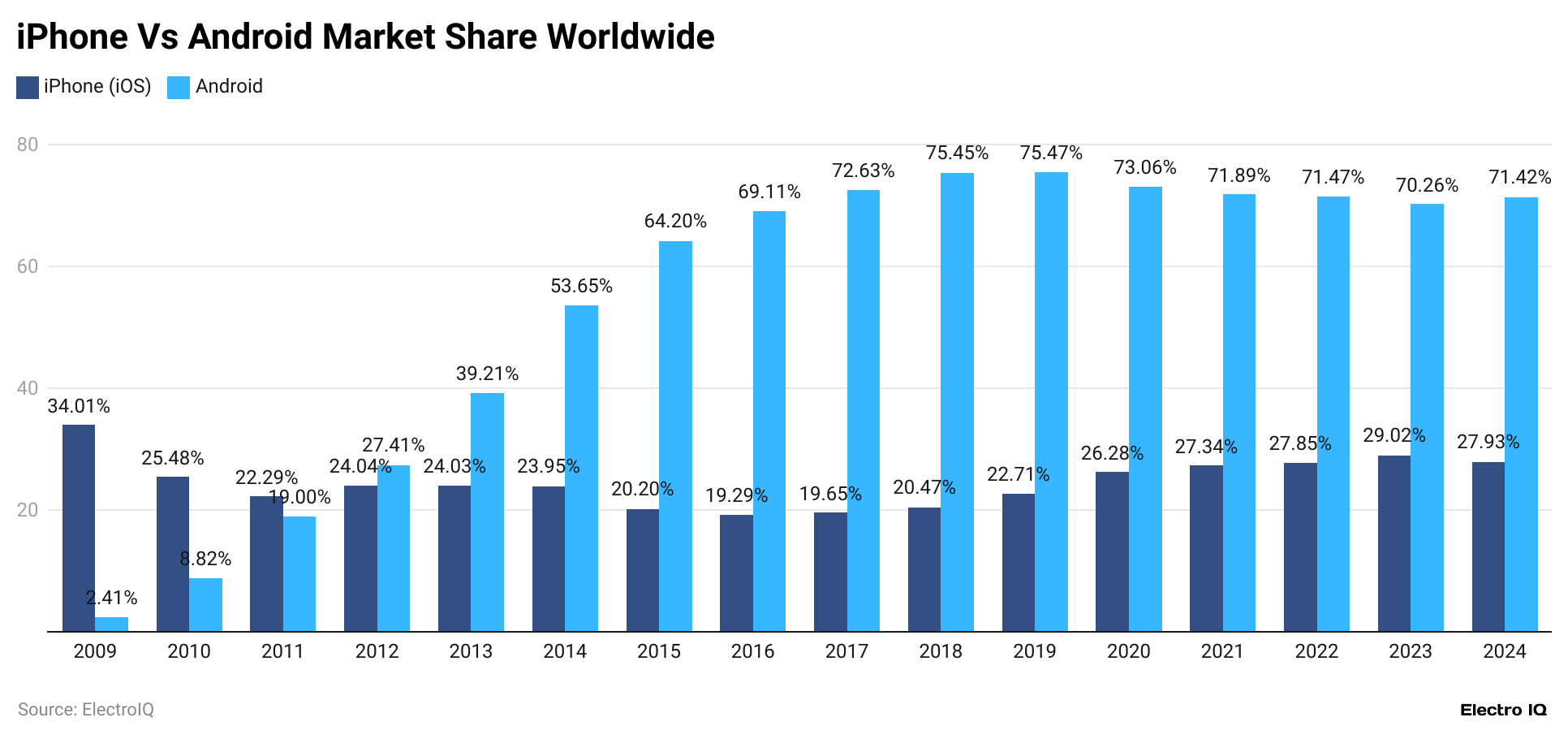 (Source: backlinko.com)
(Source: backlinko.com)
- As of February 2024, iPhones are the top mobile phones in the U.S., with a market share of 60.77%, while Android phones have 38.81%, as stated in Android Statistics.
- The highest market share for Android was 46.42% in 2015, compared to 50.85% for iPhones/iOS during that year.
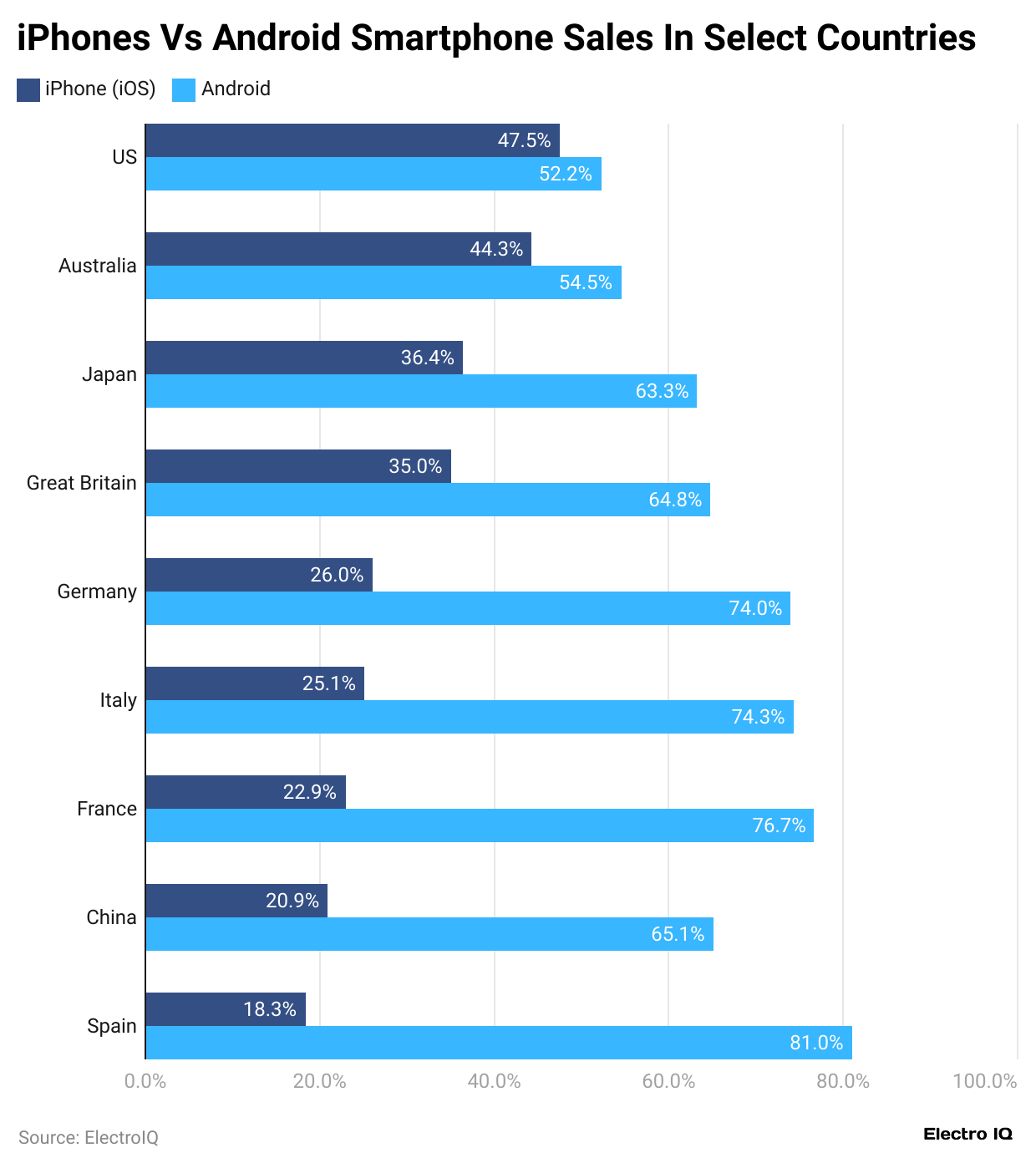 (Reference: backlinko.com)
(Reference: backlinko.com)
- As of 2024, the App Store has about 1.8 million apps available for iPhone users to download. In comparison, Android users have access to 2.44 million apps on the Google Play Store.
- When it comes to spending, iPhone users are expected to spend $124 billion on apps, in-app purchases, and subscriptions in 2024, according to Android Statistics.
- Android users, on the other hand, are projected to spend $51 billion on apps in the Google Play Store.
- In total, iPhone users will account for 68.13% of global spending on mobile apps, while Android users will account for 31.87% of the total spending in 2024.
Conclusion
In summary, the latest Android Statistics provide useful insights into the changing mobile operating system market. Android 13 currently holds the largest market share at 24.2%, with Android 11 following closely at 20.0%. This shows that many users are upgrading to newer versions of Android. The steady shift to newer versions highlights the importance of keeping up with updates and improvements to meet user expectations. Understanding these trends can help businesses and developers adjust their strategies to meet the needs of Android users. The data collected from more than 100 million unique users each month is crucial for making informed decisions in the industry.
From now on, businesses must stay adaptable to changing user preferences. By using these market insights, companies can make smart decisions and remain competitive in the fast-moving Android market.
Sources
FAQ.
In 2024, 71.85% of all mobile phones are using the Android operating system.
In 2023, Android made up 95.17% of the mobile operating system market in India, leaving Apple’s iOS far behind with only 3.98%. Android’s share grew quickly, jumping from just above 10% in 2012 to over 60% in just four years.
According to Counterpoint Research’s Global Handset Model Sales Tracker, the iPhone 15 became the world’s top-selling smartphone in the third quarter of 2024. It was followed by the iPhone 15 Pro Max and iPhone 15 Pro, which were second and third place, respectively.
In September 2024, Android controlled over 77% of the smartphone market in China, while Apple’s iOS had around 22%. Local brands make most smartphones in China, and these devices mainly use the Android operating system.

Maitrayee Dey has a background in Electrical Engineering and has worked in various technical roles before transitioning to writing. Specializing in technology and Artificial Intelligence, she has served as an Academic Research Analyst and Freelance Writer, particularly focusing on education and healthcare in Australia. Maitrayee's lifelong passions for writing and painting led her to pursue a full-time writing career. She is also the creator of a cooking YouTube channel, where she shares her culinary adventures. At Smartphone Thoughts, Maitrayee brings her expertise in technology to provide in-depth smartphone reviews and app-related statistics, making complex topics easy to understand for all readers.


